The name Bukchon literally translates to "northern village", given to the district because it is located north of two important landmarks of Seoul, namely Cheonggyecheon Stream and Jongno area. According to Confucian beliefs and Pungsu, or geographical principles, Bukchon is conveniently located. Nestled at the southern foothills connecting Baegak and Eungbongsan mountains, it is surrounded by lush green forests and offers stunning views.
Consisting of the neighborhoods of Wonseo-dong, Jae-dong, Gye-dong, Gehoe-dong and Insa-dong, Bukchon village has its roots in about 600 years of history, starting from the Joseon period (1392-1897). Due to its proximity to the city's two main palaces, Bukchon was originally inhabited by high-ranking government officials and their families. The aristocracy lived in hanok – traditional houses built in a specific architectural style, designed to maintain balance with the surrounding terrain and often built using elements such as The long, curved roof and ondol floor help keep the house warm in winter.
Upper-class hanok houses often have an anchae - a room connected to the kitchen, a space for the female head of the family, and a sarangchae - a room for men to study, write poetry and relax according to the rules. Confucianism under Joseon, was separate, so it was unusual to have both quarters together. Sarangchae is connected to the anchae by a wooden walkway. Opposite the anchae is the gate of haengnangchae, the servant quarters. This grand hanok also has a beautifully manicured garden. The museum is open Tuesday - Sunday, 10:00am - 5:00pm, and admission is free.
At the end of the Joseon Dynasty, the large-scale land was split into smaller construction sites for social and economic reasons, with some hanoks demolished and rebuilt around 1930. The hanok form of this period reflects the social expansion associated with rapid urbanization. Due to social changes, commoners began to flock to the neighborhood, and hanoks began to be associated with economically disadvantaged families who could not afford more modern housing. . Many homes were torn down and rotting as urbanites flocked to the high-rise apartment blocks that define Seoul's skyline today. In fact, many of Bukchon's houses have been demolished to make way for modern office and residential buildings. Fortunately, new conservation efforts, including strict legislation, have been put in place to protect the area's remaining homes, which number around 900.
Thanks to their historical importance and high aesthetic value, hanok houses have become a trend in recent years, with many younger generations buying and renovating buildings with sustainable, eco-friendly materials. Over the past decade, Bukchon Hanok Village has become a popular destination for Korean traditional trend-loving youth and tourists. To cater to this audience, many entrepreneurs have opened a number of fine dining restaurants, cozy motels, interesting art galleries and high-end boutiques throughout the region, many of which are located in the hanok has been refurbished. In addition, many hanoks have now been repurposed as museums and cultural workshops for artisans doing traditional crafts, preserving the rich history of the area.
The real appeal of Bukchon Hanok Village lies in the small, winding alleys between rows of quaint houses still standing, where everyday life goes on. Here, housewives hang laundry and dry hot peppers in the sun. Children play hide and seek, peeking around the narrow street corners. Elderly people watch and talk to each other. For visitors, the alleys of Bukchon offer an interesting glimpse into the lives of ordinary Koreans.
Address: South Korea, Seoul, Jongno-gu, Gahoe-dong, 37
 Register
RegisterSign in Travel Agent
Sign in Supplier
Sign in Affiliate
Sign in Guru




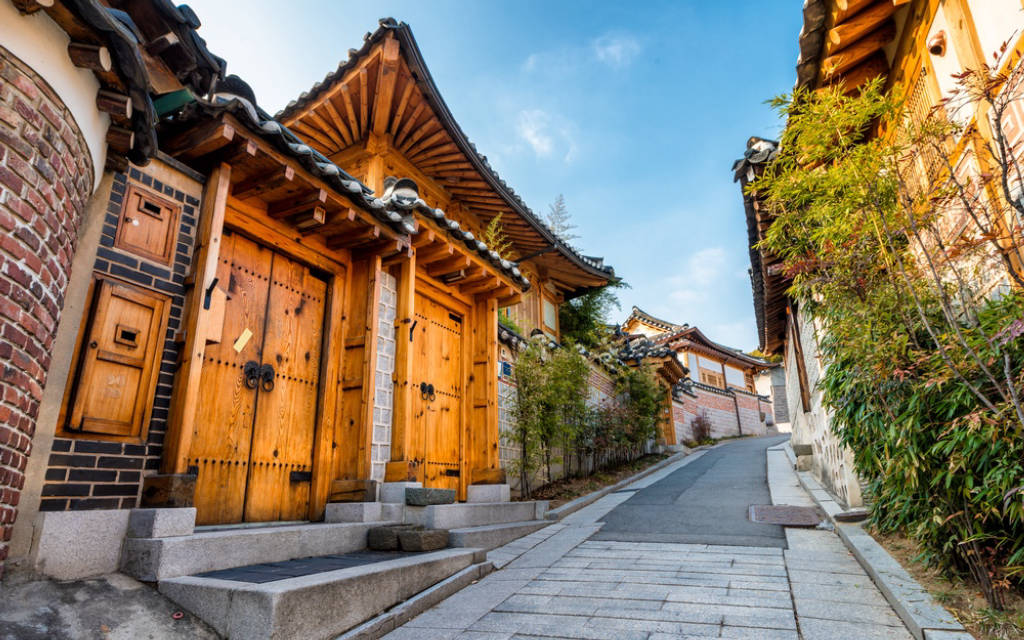
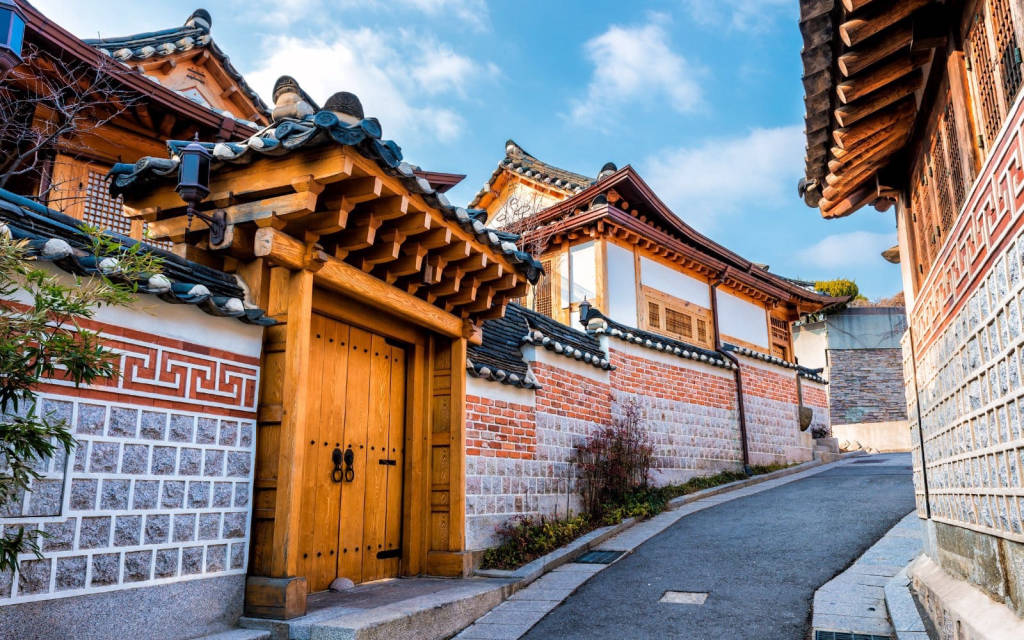

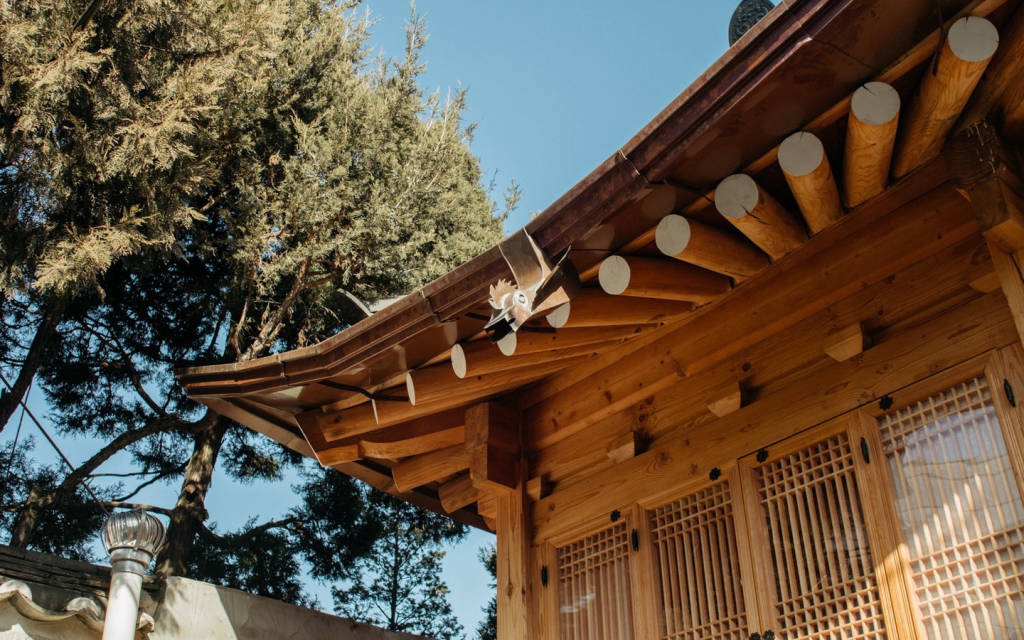
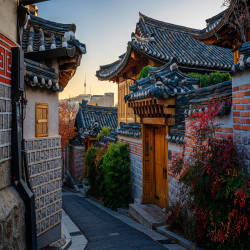

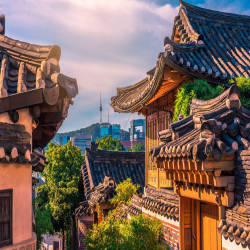


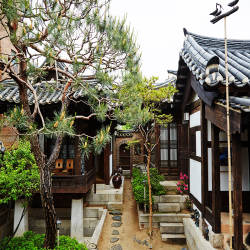

 South Korea, Seoul, Jongno-gu, Gahoe-dong, 계동길 37
South Korea, Seoul, Jongno-gu, Gahoe-dong, 계동길 37